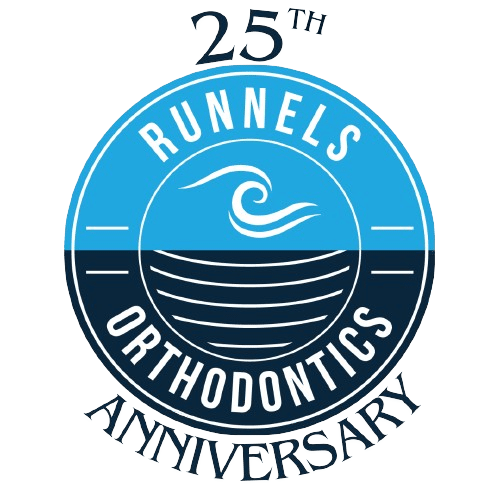If you’re considering getting either braces or Invisalign to straighten your teeth or the teeth of someone you love, you probably have some questions and concerns. Which method is most effective? How can I get the best results for my money? Invisalign and braces both have a great deal to offer patients who want to improve their smiles. Each has its benefits and costs, but in the end whichever you choose is based on you and your individual orthodontic needs.
The Basics
The goal of both Invisalign and braces is the same: to correct teeth so that they are straight, aligned, and beautiful. While both of these procedures have the same end goal, they use the different methods to reach it.
Braces, the traditional means of teeth straightening, work using a combination of brackets and wires that adjust the position of the teeth over time. Monthly visits are required to direct the movement of the teeth. Since these brackets and wires are non-removable, patients with braces must be careful to avoid certain foods as to not damage their structure. While these brackets were traditionally a color of the patient’s choosing, discrete brackets that match the color of the patient’s teeth are now available.
Invisalign corrects teeth through what is essentially a set of custom-made retainers, called aligners. These aligners are virtually invisible and can be taken out to eat or drink. Custom aligners are individually tailored to each patient, and have to be changed out every couple of weeks to direct teeth movement. While Invisalign is a more aesthetically appealing alternative to braces, it is generally more expensive and requires the patient to be mindful of how long they are wearing the adjusters each day.
Braces Examined
Ideal Candidates for braces are typically young or have teeth that are severely misaligned.
Pros
- More effective in treating complex or severe issues
- Generally less expensive that Invisalign, except in extreme cases
- All cleaning is taken care of during regular teeth brushing
Cons
- Typically need to be worn for about 2 years, but this can vary depending on the patient’s needs
- May lead to pain, discomfort, or soreness caused by wires, brackets, or tooth movement
- Brackets and wires are not visually discrete
Invisalign Examined
Ideal candidates for Invisalign do not have severe teeth alignment issues and want to straighten their teeth through discrete and comfortable means.
Pros
- Invisible and removable
- No difficulty, discomfort, or limitation associated with eating
- Typically only need to be worn for a little over a year, but this can vary depending on the patient’s needs
Cons
- Frequent follow up visits are necessary
- May not be able to fix complex or severe issues
- Usually cost slightly more than braces
- Cleaning of adjusters is required in addition to regular brushing
So…Which Should I Choose?
Both traditional braces and Invisalign have their benefits. The best treatment option for you depends upon the initial condition of your teeth, as well as your lifestyle and age. While the decision to get either braces or Invisalign is individual and personal, it’s a good idea to consult with your orthodontist to see which method is medically best for you. At Runnels Orthodontics, we’ll work with you to create a treatment plan tailored to your needs. Contact us today to schedule your consultation.

